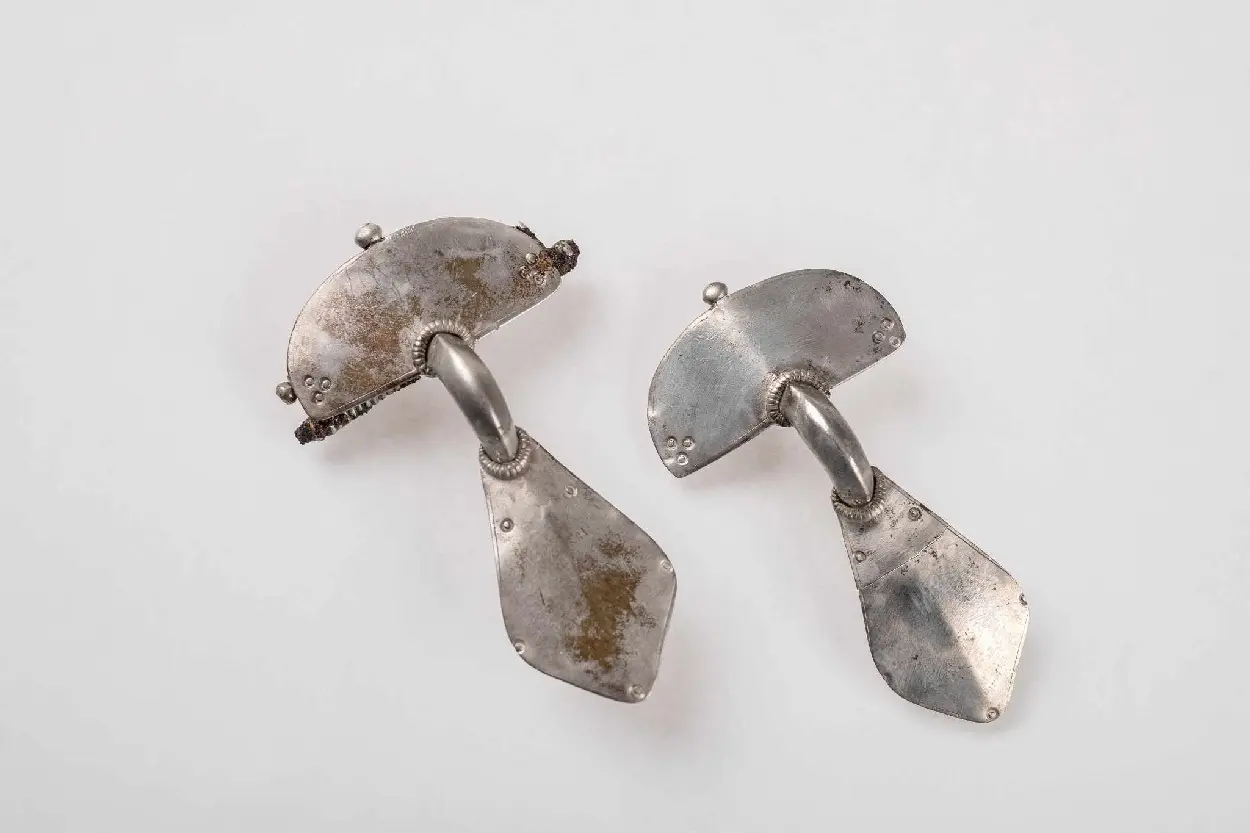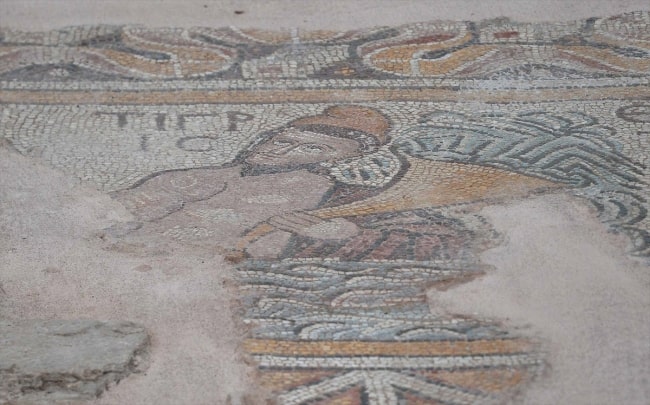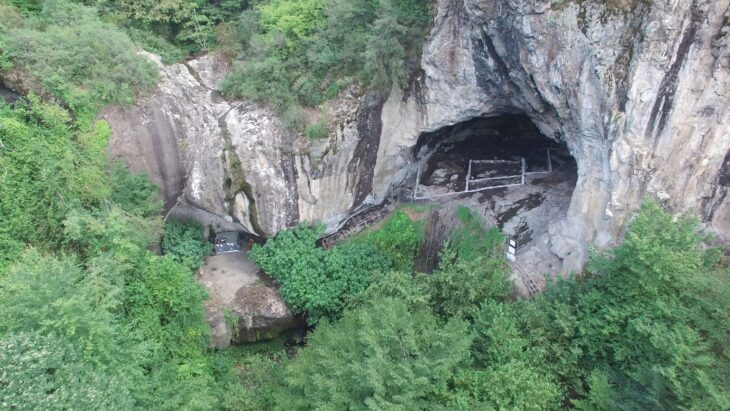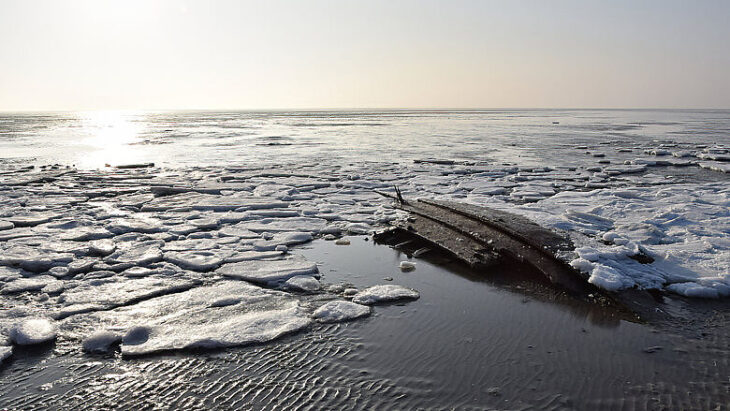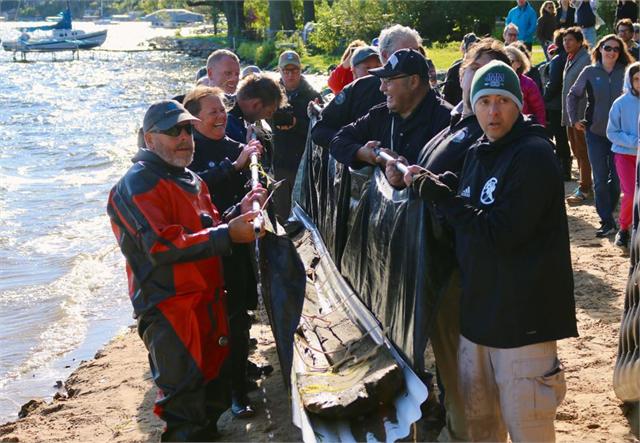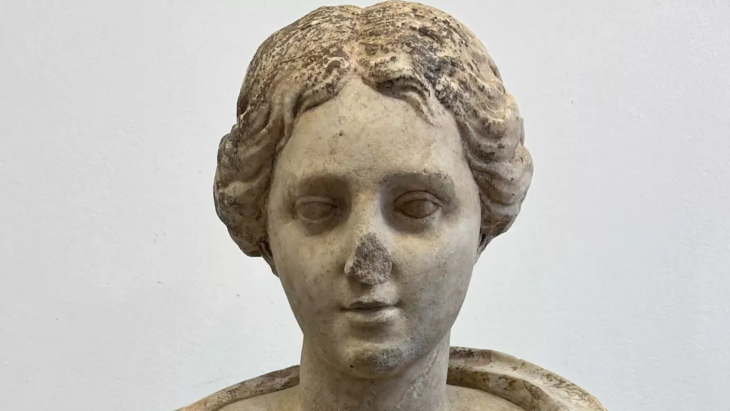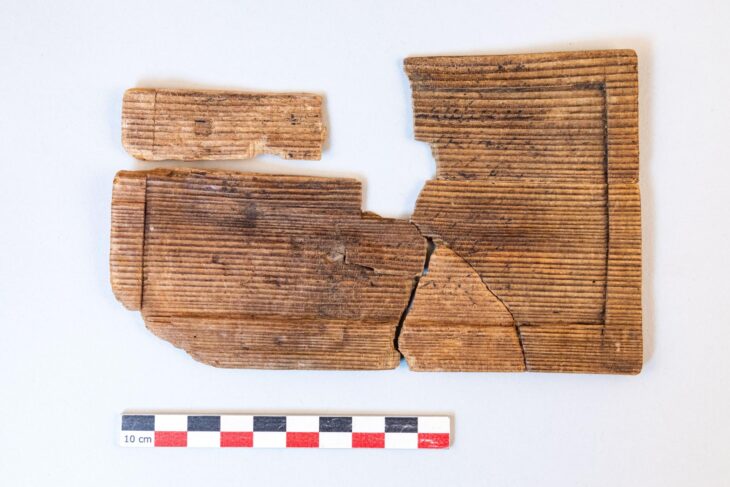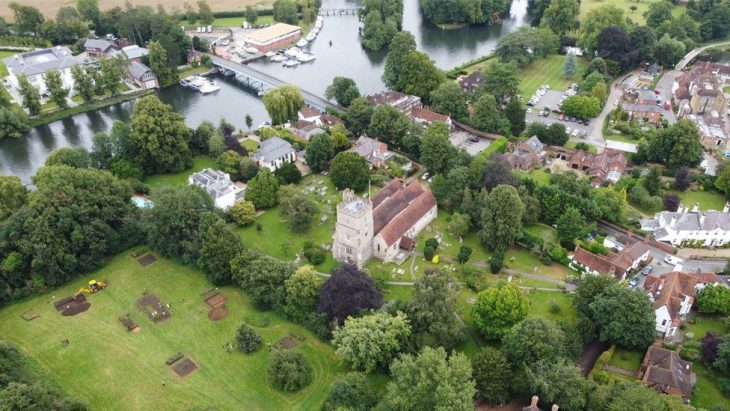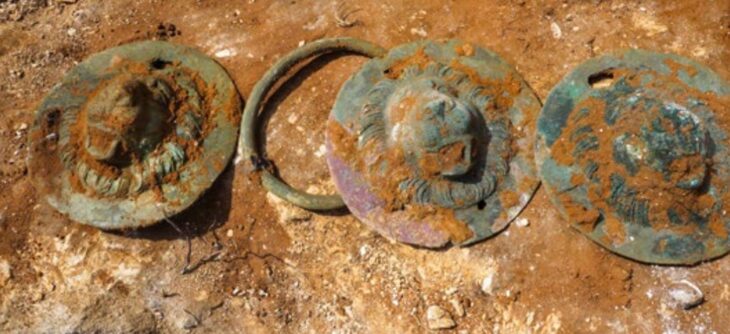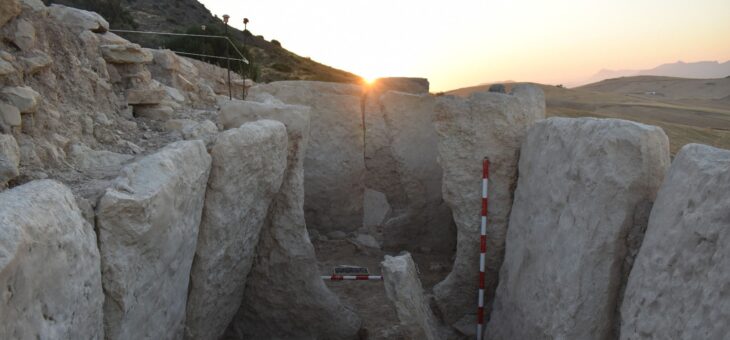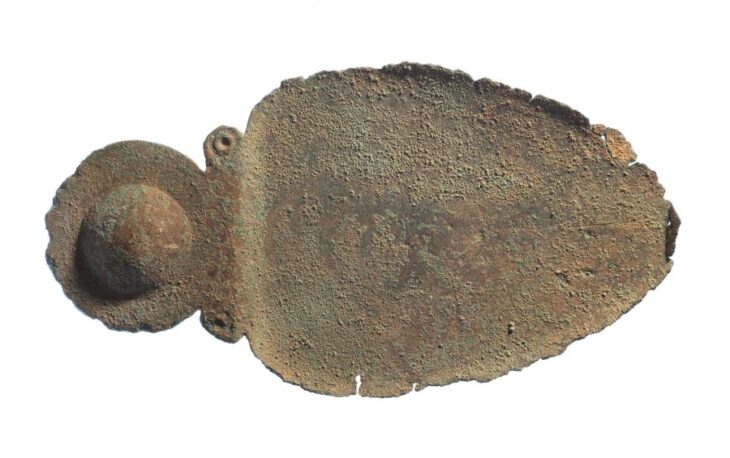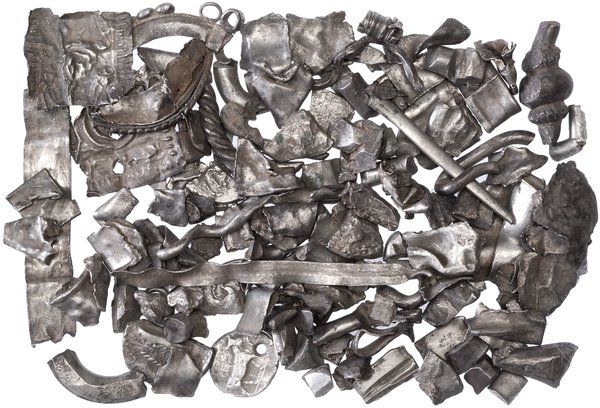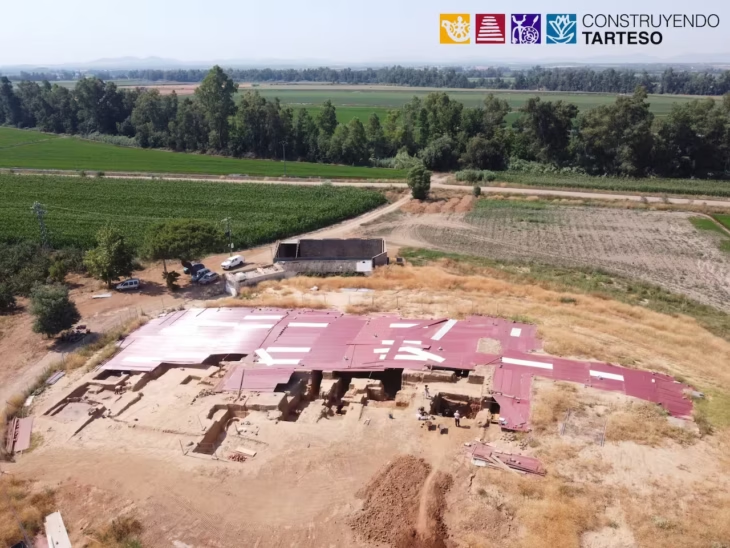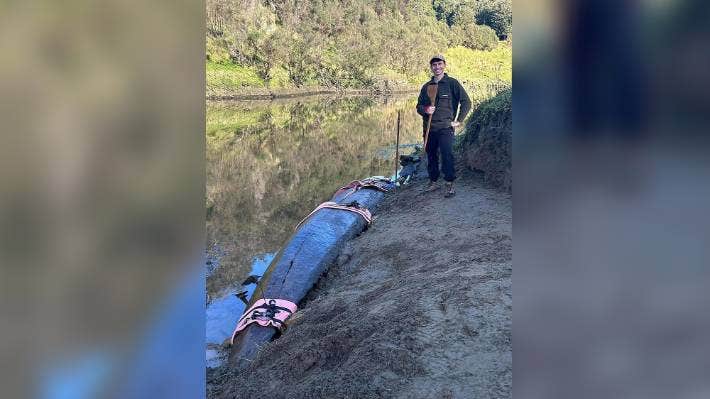A 2,000-year-old Goth burial site filled with ancient jewels has been discovered in Wda Landscape Park (Wdecki Park Krajobrazowy) near the village of Stara Rzeka in northern Poland.
Discovered, the 50 graves contained a large number of priceless artifacts, including pottery, brooches, amber beads, two silver necklaces, two silver fibulae, and elements of a necklace made from small silver beads, as well as jewelry with snake motifs.
Grave goods have been found in two types of burials: pit graves and urn burials. They date to the 4th century A.D.
A Germanic people who contributed to the fall of the Western Roman Empire and the emergence of medieval Europe, the early Goths inhabited northern Poland between the 1st and 5th century AD, where they are commonly identified with the Wielbark culture.
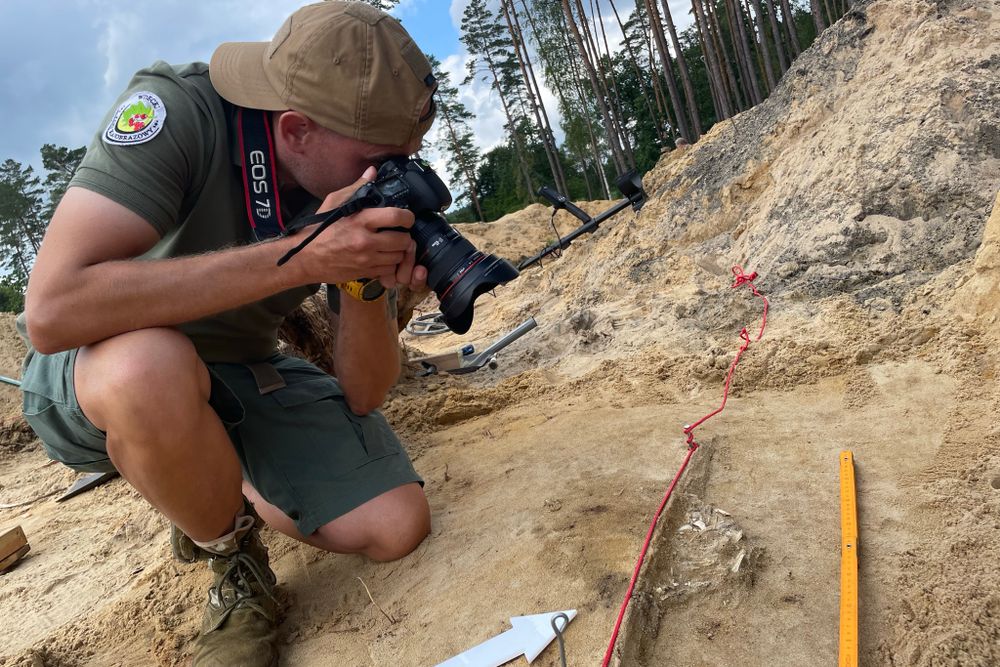
The Goths were known to have lived in wooded areas near the village of Osie, not far from where the new burial site was discovered. Last year archaeologists found the remains of a Goth settlement with a well-preserved spatial arrangement and objects dating to the 4th century AD.
📣 Our WhatsApp channel is now LIVE! Stay up-to-date with the latest news and updates, just click here to follow us on WhatsApp and never miss a thing!!
An archaeologist and creator of a YouTube channel called ‘History Seekers’ (Poszukiwacze Historii) Olaf Popkiewicz made his first discovery while walking on the banks of the Wda River.
He spotted silver artifacts and called in a team to excavate the find site. They discovered two silver necklaces, two silver fibulae, and pieces of a silver bead necklace in excellent condition.
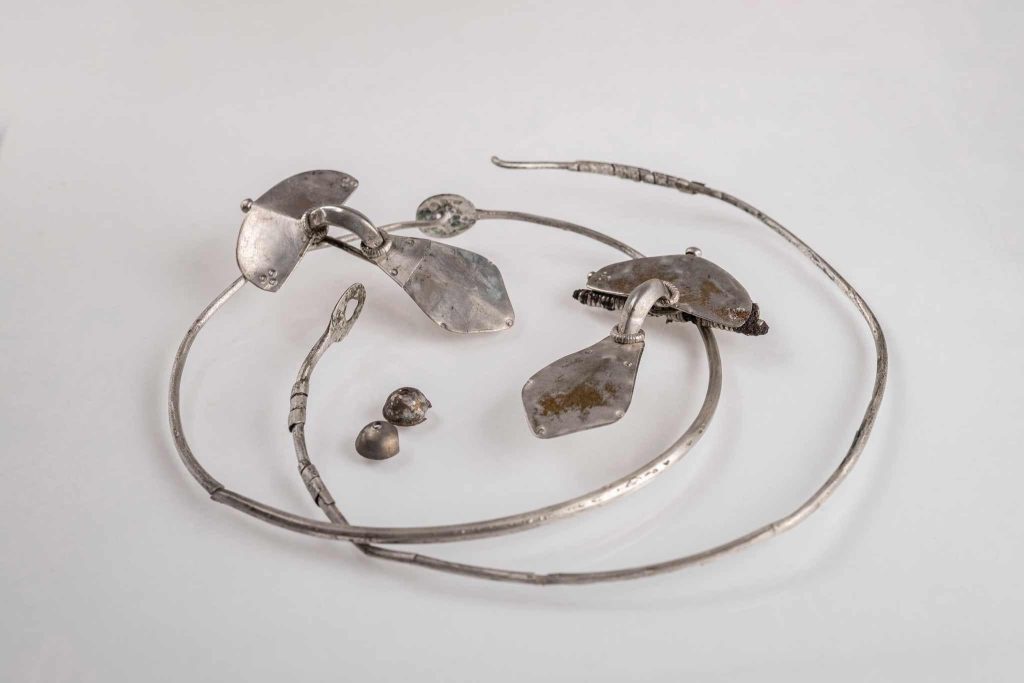
The group of silver objects includes pieces from Scandinavia in the north to the Black Sea in the south.
Posting on their Facebook page, the Wdecki Park Krajobrazowy wrote: “The last three weeks have been very intensive for the park’s archaeological section.
“Over three weeks we managed to analyze over 250 square kilometers of area of the cemetery and discover 50 graves!”
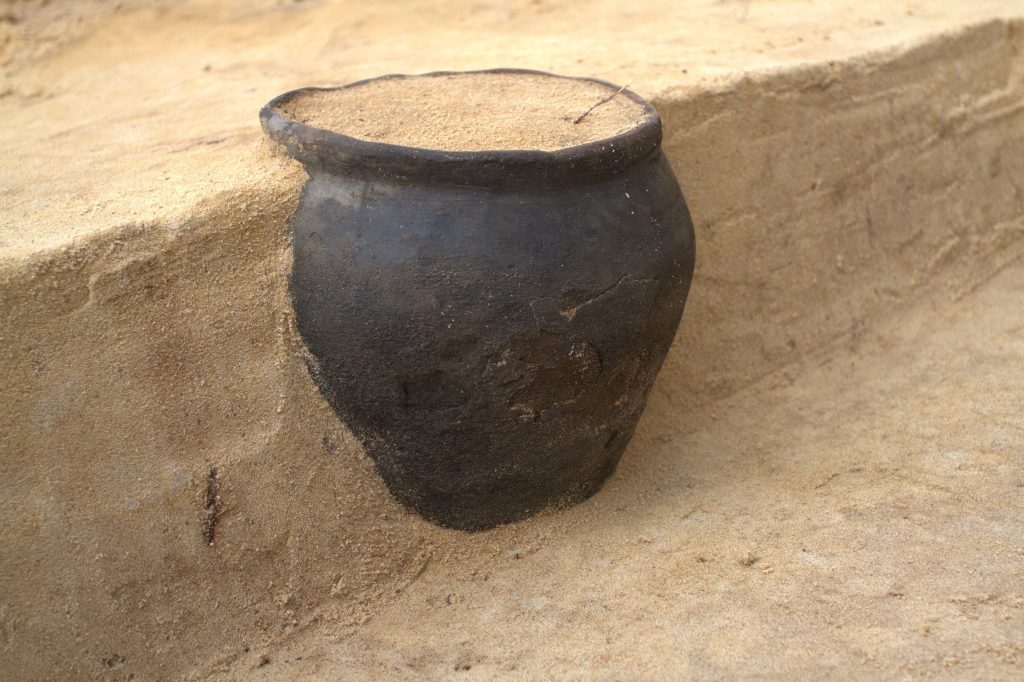
According to the announcement: “This constitutes only a small fragment of the site area which we estimate to be over 2.4 acres. Unfortunately, the conditions of a large part of the cemetery mean that urgent excavations are needed to help save and preserve the site.”
Archaeologists will continue to excavate the site to salvage any remains and artifacts they can.
Cover Photo: Olaf Popkiewicz/Facebook

